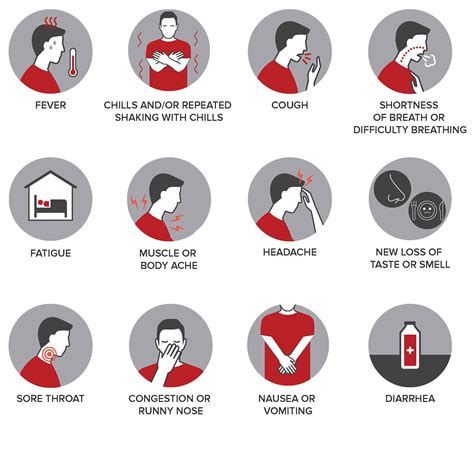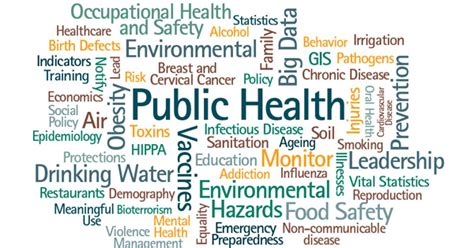Intro
Compare symptoms and treatments of Influenza and Common Cold, understanding key differences between flu and cold viruses, and learning prevention methods to avoid respiratory infections and seasonal illnesses.
The common cold and influenza, also known as the flu, are two of the most prevalent respiratory illnesses that affect people of all ages. While they share some similar symptoms, they are caused by different viruses and have distinct characteristics. Understanding the differences between the common cold and influenza is crucial for proper diagnosis, treatment, and prevention. In this article, we will delve into the world of respiratory illnesses, exploring the causes, symptoms, diagnosis, treatment, and prevention of both the common cold and influenza.
Both the common cold and influenza are highly contagious and can spread quickly through the air, close contact with an infected person, or by touching contaminated surfaces. The common cold is typically caused by rhinoviruses, coronaviruses, or adenoviruses, while influenza is caused by the influenza virus. The symptoms of the common cold usually develop gradually, starting with a sore throat, runny nose, and fatigue, whereas influenza symptoms come on suddenly and can include high fever, chills, and body aches.
The impact of these illnesses on our daily lives cannot be overstated. According to the Centers for Disease Control and Prevention (CDC), the common cold is responsible for millions of missed school and workdays each year, resulting in significant economic losses. Influenza, on the other hand, can lead to more severe complications, such as pneumonia, bronchitis, and sinus infections, especially in vulnerable populations like the elderly, young children, and people with underlying health conditions.
Causes and Risk Factors

Several risk factors can increase a person's likelihood of developing the common cold or influenza. These include:
- Weakened immune system
- Age (young children and older adults are more susceptible)
- Poor nutrition
- Lack of sleep
- Stress
- Close contact with an infected person
- Poor hygiene practices
Symptoms and Diagnosis

Diagnosis is usually based on clinical presentation, medical history, and physical examination. Laboratory tests, such as rapid antigen tests or PCR (polymerase chain reaction), can help confirm the diagnosis of influenza. The common cold is typically diagnosed based on symptoms and medical history, as laboratory tests are not always necessary.
Similarities and Differences
While both the common cold and influenza are respiratory illnesses, there are some key differences. The common cold is typically milder and self-limiting, resolving on its own within 7-10 days. Influenza, on the other hand, can be more severe and may require medical attention, especially in high-risk individuals. The symptoms of influenza are also more pronounced, with high fever, chills, and body aches being distinctive features.Treatment and Management

In addition to medical treatment, there are several home remedies that can help manage symptoms and support recovery. These include:
- Staying hydrated with plenty of fluids
- Getting plenty of rest
- Using a humidifier to relieve congestion
- Practicing good hygiene, such as washing hands frequently
- Avoiding close contact with others to prevent transmission
Complications and Prevention
While both the common cold and influenza are typically self-limiting, there are potential complications that can arise, especially in high-risk individuals. The common cold can lead to secondary bacterial infections, such as sinusitis, bronchitis, or pneumonia. Influenza can also cause complications, such as pneumonia, bronchitis, and sinus infections, as well as exacerbate underlying health conditions like asthma, diabetes, or heart disease.Prevention is key to reducing the risk of developing the common cold or influenza. Some effective prevention strategies include:
- Getting vaccinated against influenza each year
- Practicing good hygiene, such as washing hands frequently
- Avoiding close contact with others who are sick
- Staying home from work or school when sick
- Getting plenty of rest and nutrition
- Avoiding smoking and secondhand smoke
Public Health Impact

The economic burden of these illnesses is also substantial. A study published in the Journal of Occupational and Environmental Medicine estimated that the common cold and influenza cost the US economy approximately $40 billion annually in lost productivity and medical expenses.
Vaccination and Prevention Strategies
Vaccination is a critical prevention strategy for influenza. The CDC recommends that everyone 6 months and older receive an annual influenza vaccine, with some exceptions. The vaccine is typically available in the fall and can help protect against the most common strains of the influenza virus.Other prevention strategies include:
- Practicing good hygiene, such as washing hands frequently
- Avoiding close contact with others who are sick
- Staying home from work or school when sick
- Getting plenty of rest and nutrition
- Avoiding smoking and secondhand smoke
Future Directions

- Development of new antiviral medications
- Improvement of vaccination strategies, such as universal vaccination
- Development of new diagnostic tests, such as rapid antigen tests
- Investigation of alternative therapies, such as herbal supplements and probiotics
Conclusion and Final Thoughts
In conclusion, the common cold and influenza are two distinct respiratory illnesses that require proper diagnosis, treatment, and prevention. While they share some similar symptoms, understanding the differences between these illnesses is crucial for effective management and prevention. By practicing good hygiene, getting vaccinated, and staying informed, we can reduce the risk of developing these illnesses and promote public health.We invite you to share your thoughts and experiences with the common cold and influenza in the comments below. Have you or a loved one been affected by these illnesses? What prevention strategies have you found to be most effective? Let's work together to promote public health and reduce the impact of these illnesses.
What is the difference between the common cold and influenza?
+The common cold and influenza are two distinct respiratory illnesses caused by different viruses. The common cold is typically milder and self-limiting, while influenza can be more severe and lead to complications, especially in high-risk individuals.
How can I prevent the common cold and influenza?
+Prevention strategies include practicing good hygiene, such as washing hands frequently, avoiding close contact with others who are sick, staying home from work or school when sick, getting plenty of rest and nutrition, and avoiding smoking and secondhand smoke. Vaccination against influenza is also recommended.
What are the most common symptoms of the common cold and influenza?
+The common cold typically starts with a sore throat, followed by a runny nose, congestion, and cough. Fatigue, headache, and muscle aches can also occur. Influenza is characterized by sudden onset of high fever, chills, and body aches, as well as cough, sore throat, runny or stuffy nose, and fatigue.
Can the common cold and influenza be treated with antibiotics?
+No, antibiotics are not effective against viral infections like the common cold and influenza. Treatment focuses on relieving symptoms and supporting the body's natural defenses, with antiviral medications available for influenza.
How long do the common cold and influenza last?
+The common cold typically lasts 7-10 days, while influenza can last 1-2 weeks. However, some people may experience lingering symptoms or complications, especially if they have underlying health conditions.
